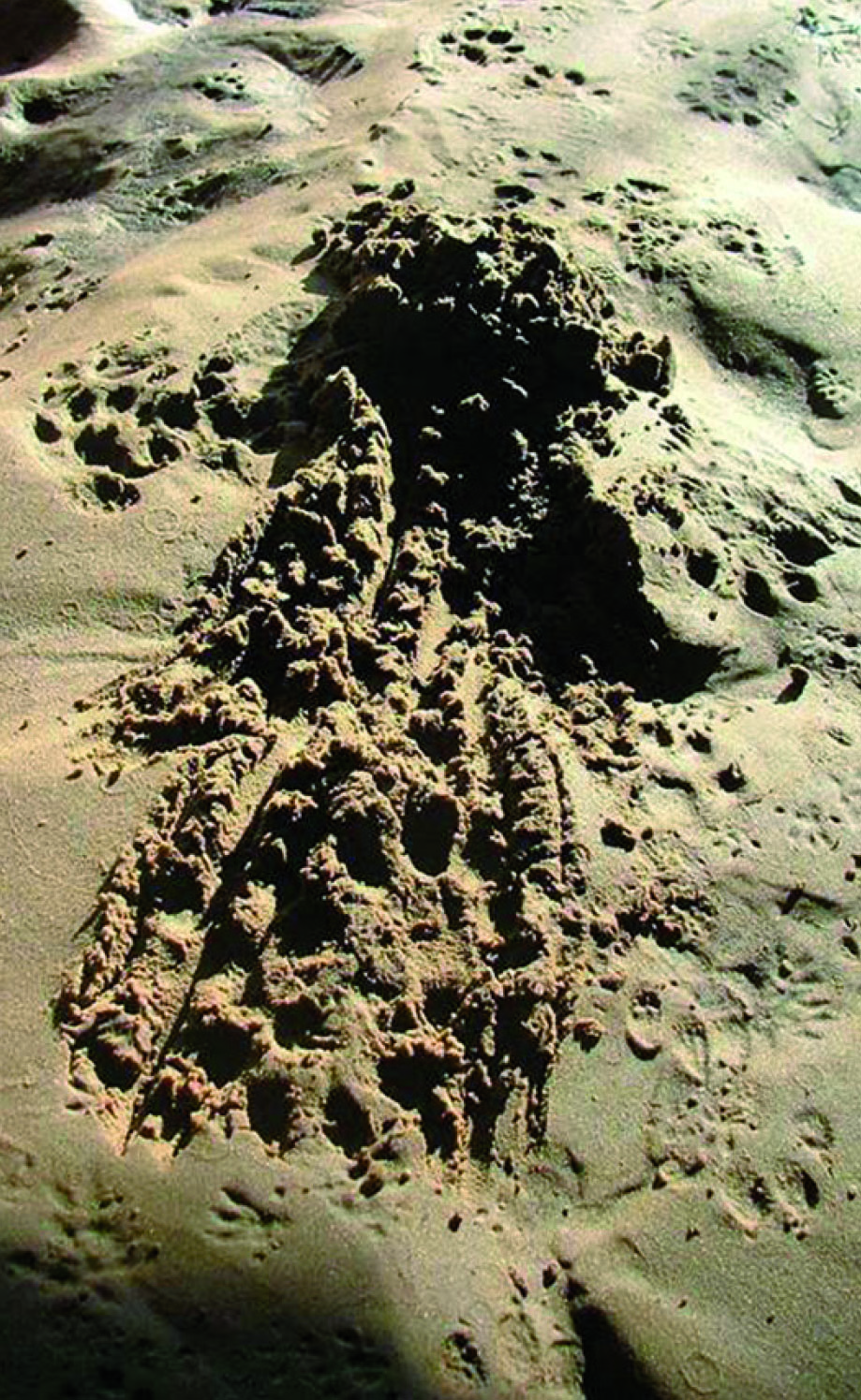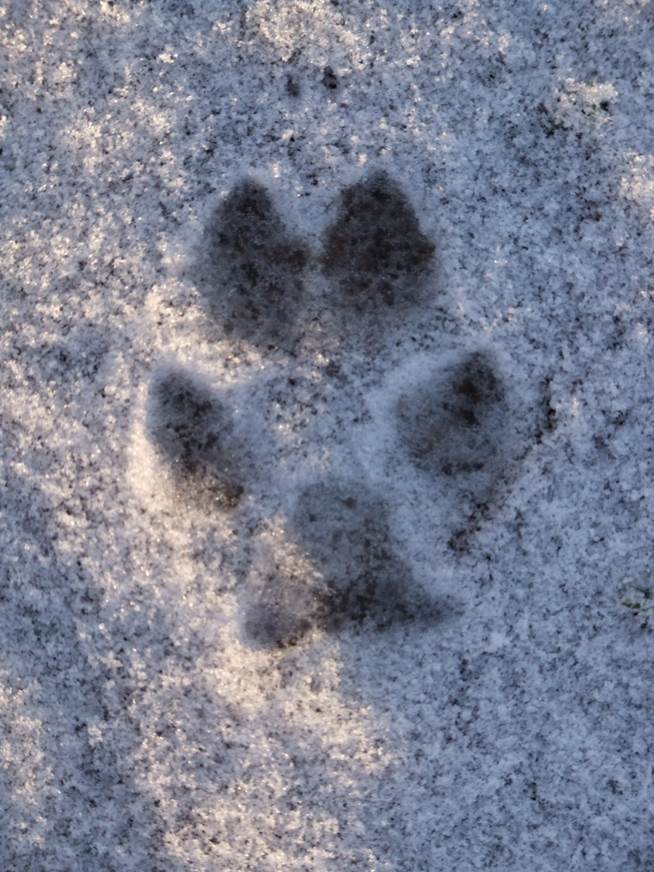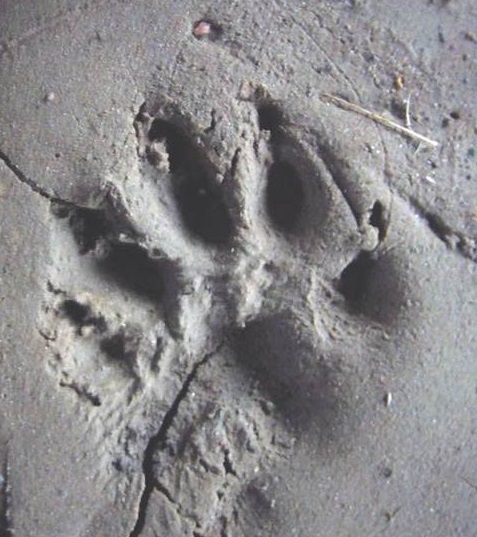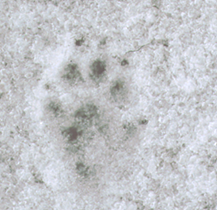| Even on an optimal surface, only about one third of all footprints are complete. The webbing is only visible in the rarest of cases. The width of the footprints varies so much, depending on the ground and gait of the animal, that it cannot be used to determine sex. Depending on | 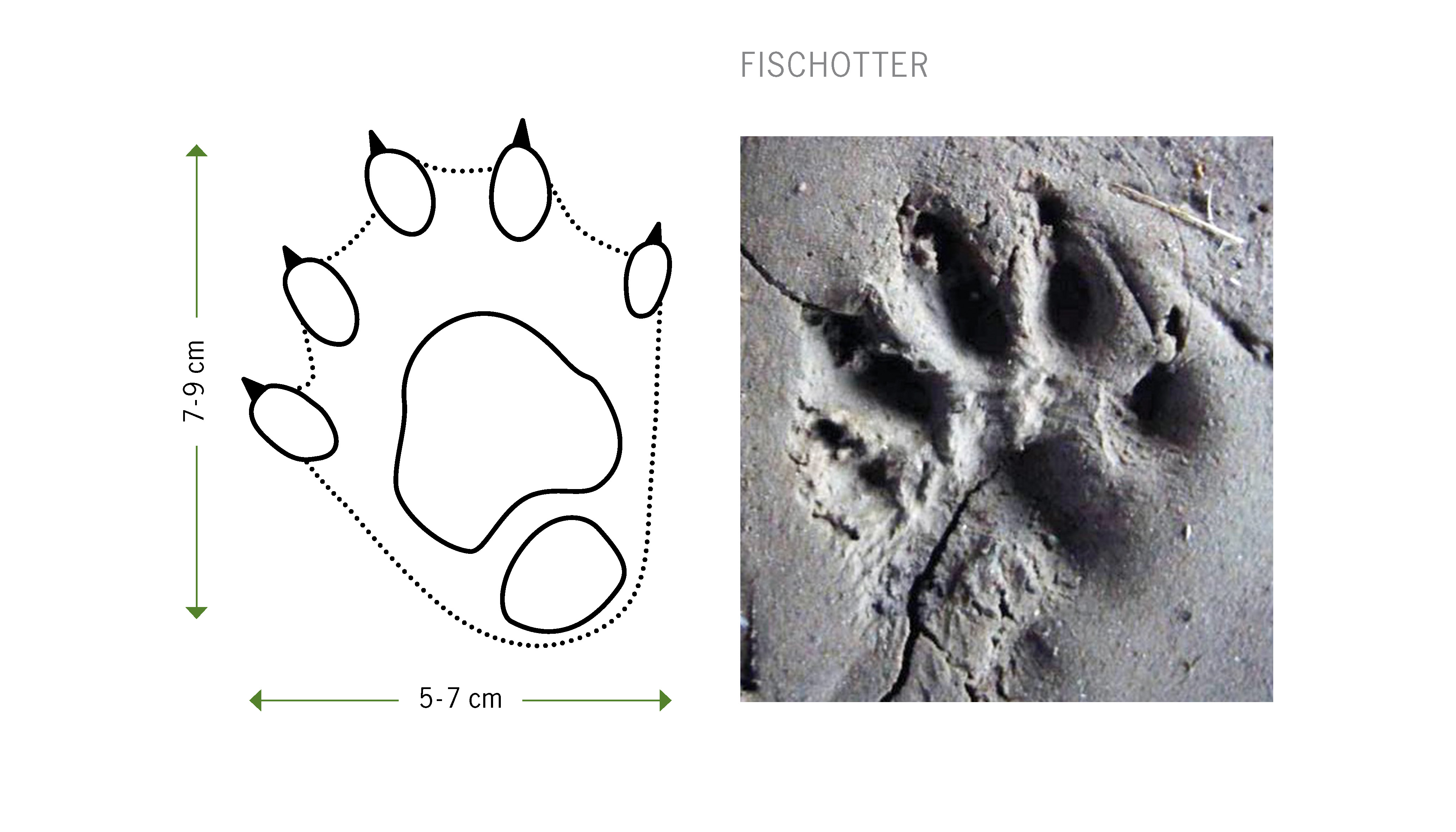 |
| Otter tracks are | 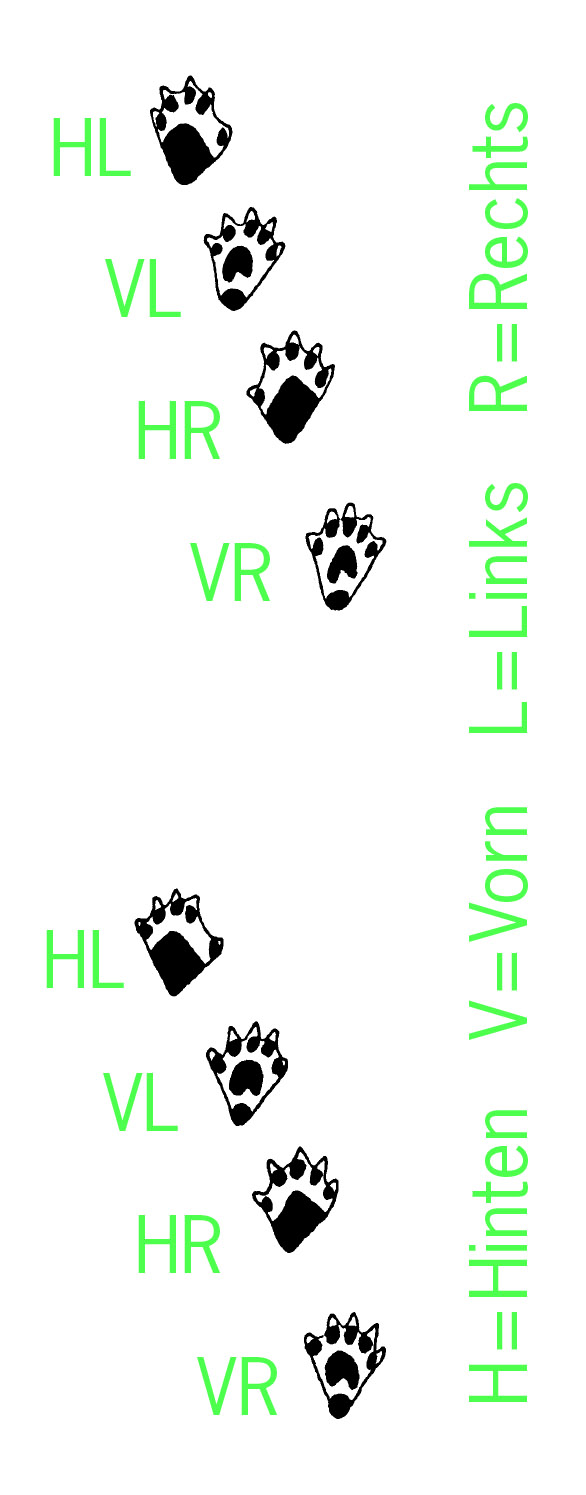 |
| When there are many otter tracks in the same area, individual footprints may overlap. Otters can also make scratch marks on fresh sand. |
|
| The fox track is more oval with fine claw marks. | 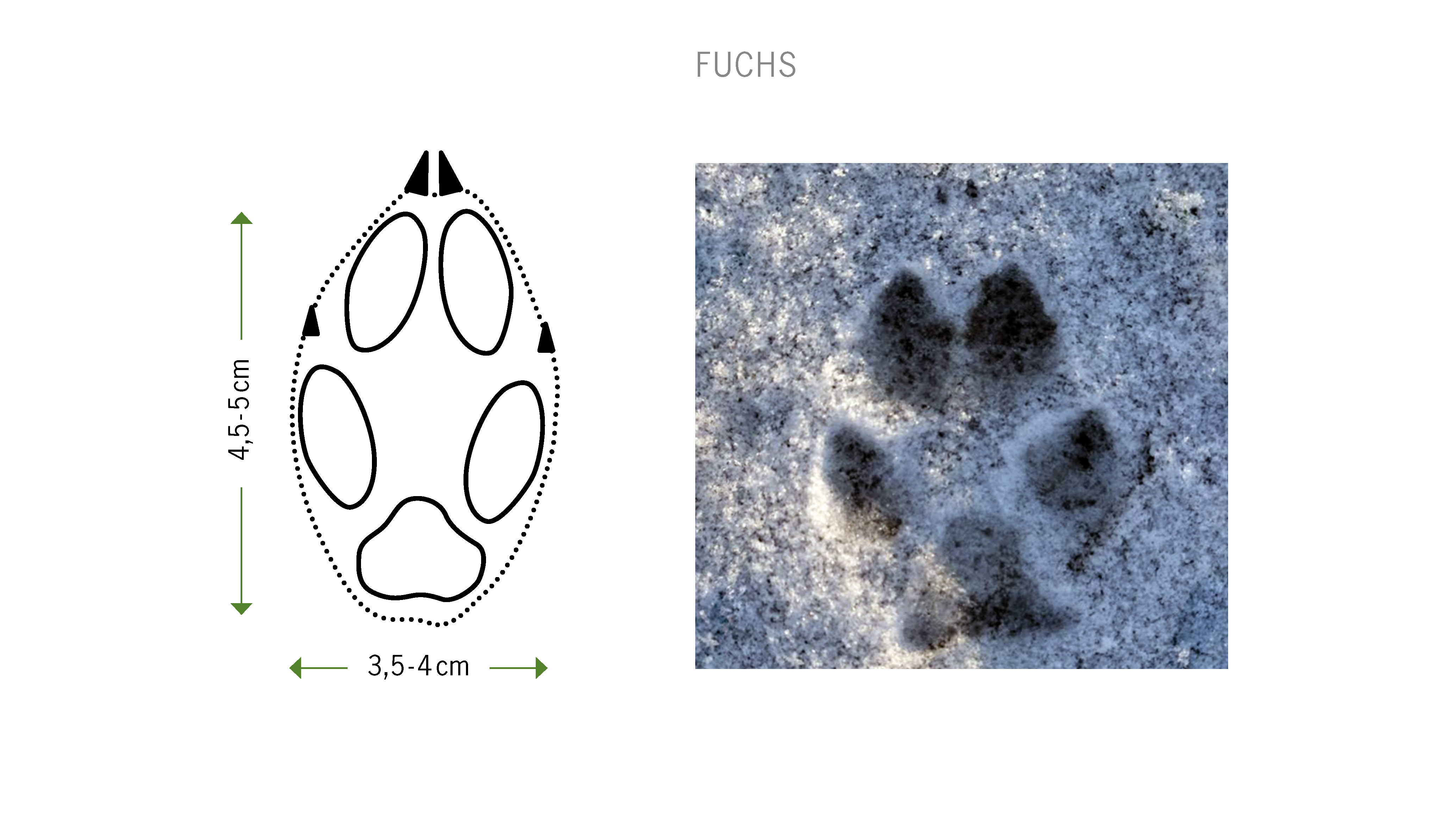 |
| Dog tracks can occur naturally in many different sizes. | 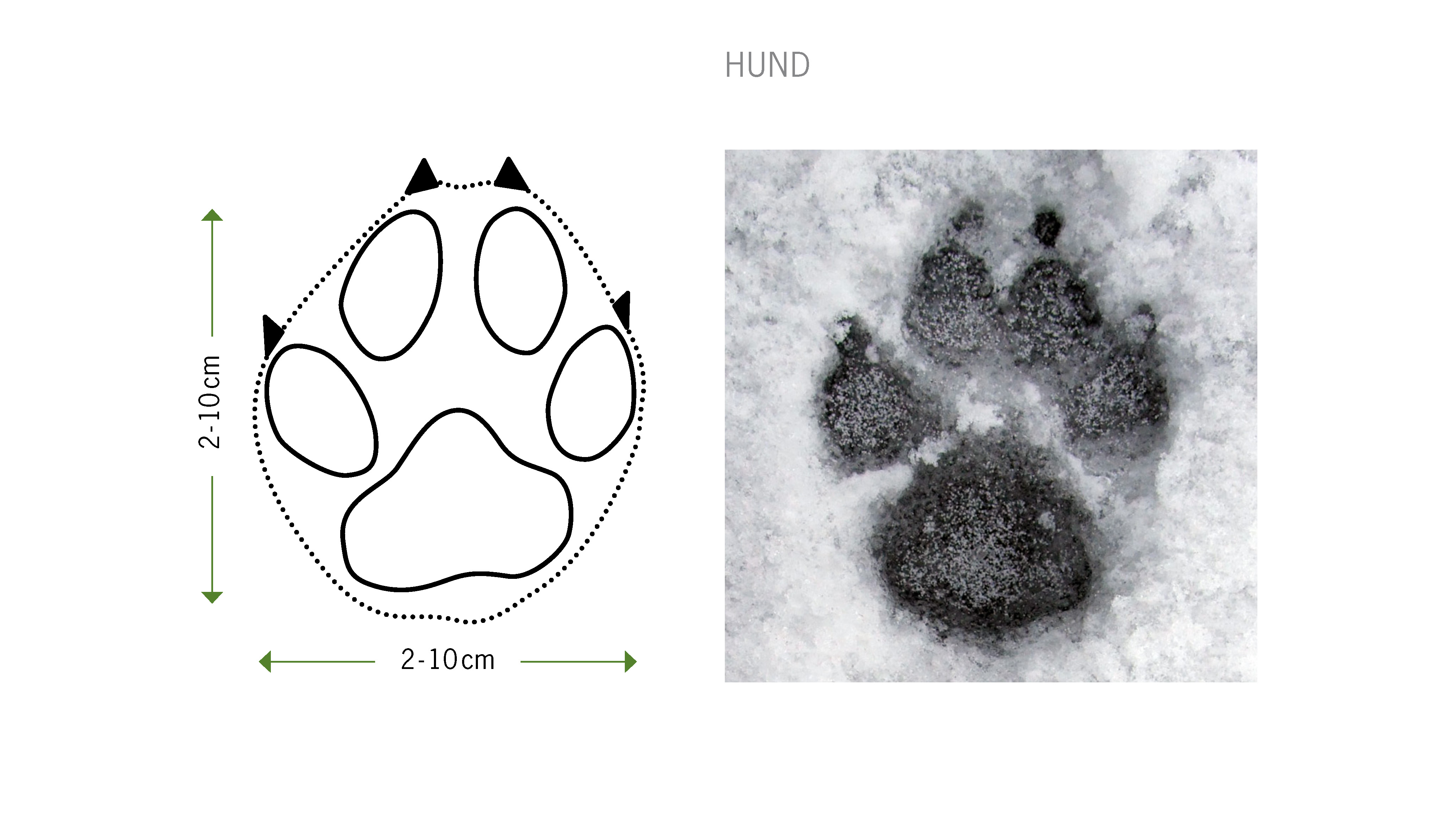 |
| The footprints of other animal species found near the water usually differ significantly from those of the otter. Otter tracks measure at least 5cm in length, so there is no possibility of confusion. Fox tracks resemble | Fuchs Großer Hund Fischotter |
| Raccoon tracks | 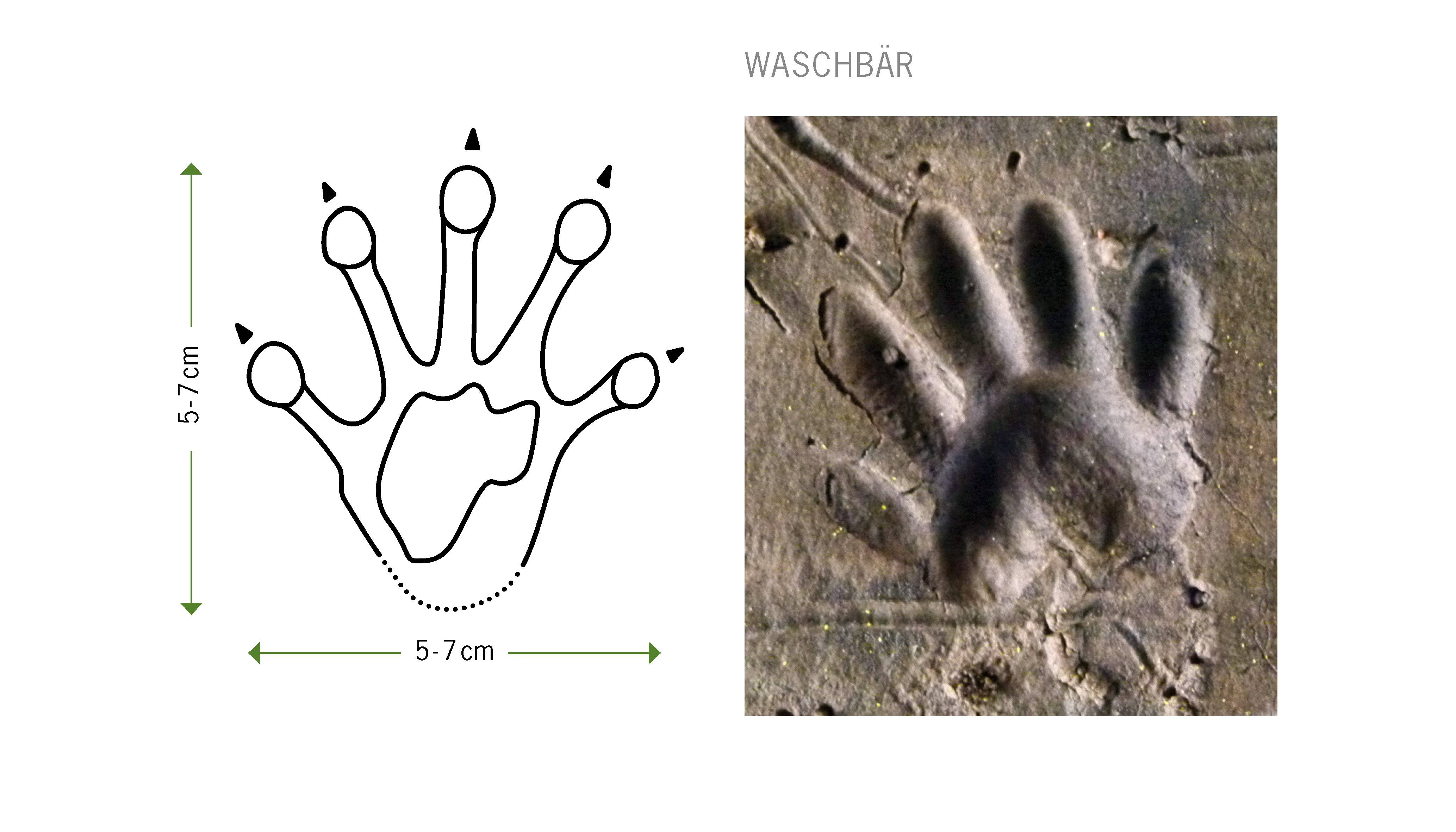 |
| The footprints of the Mink are very similar in shape to those of the otters. They, however, | 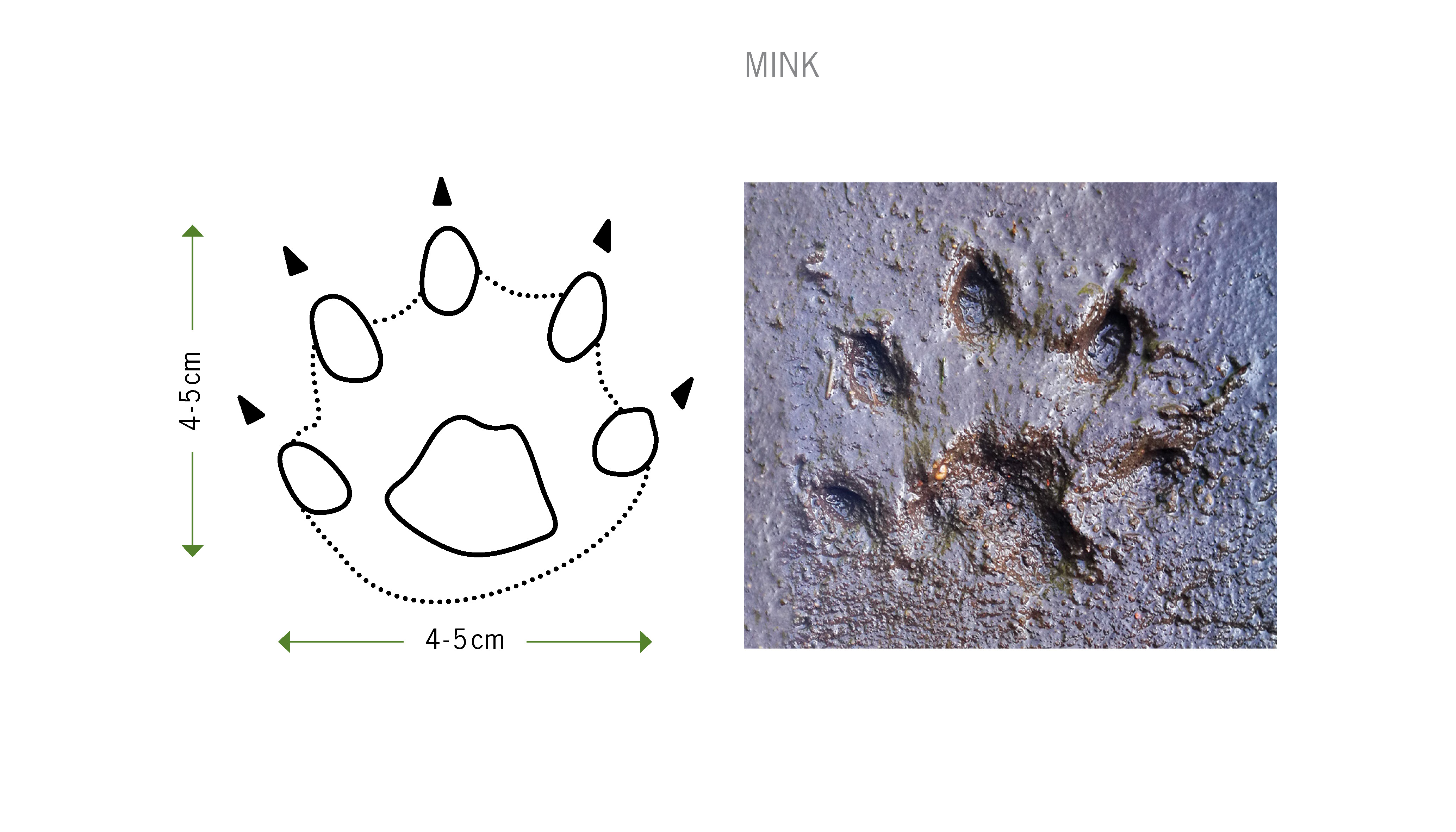 |
| Cat tracks are relatively round, with four toes and no claws. | 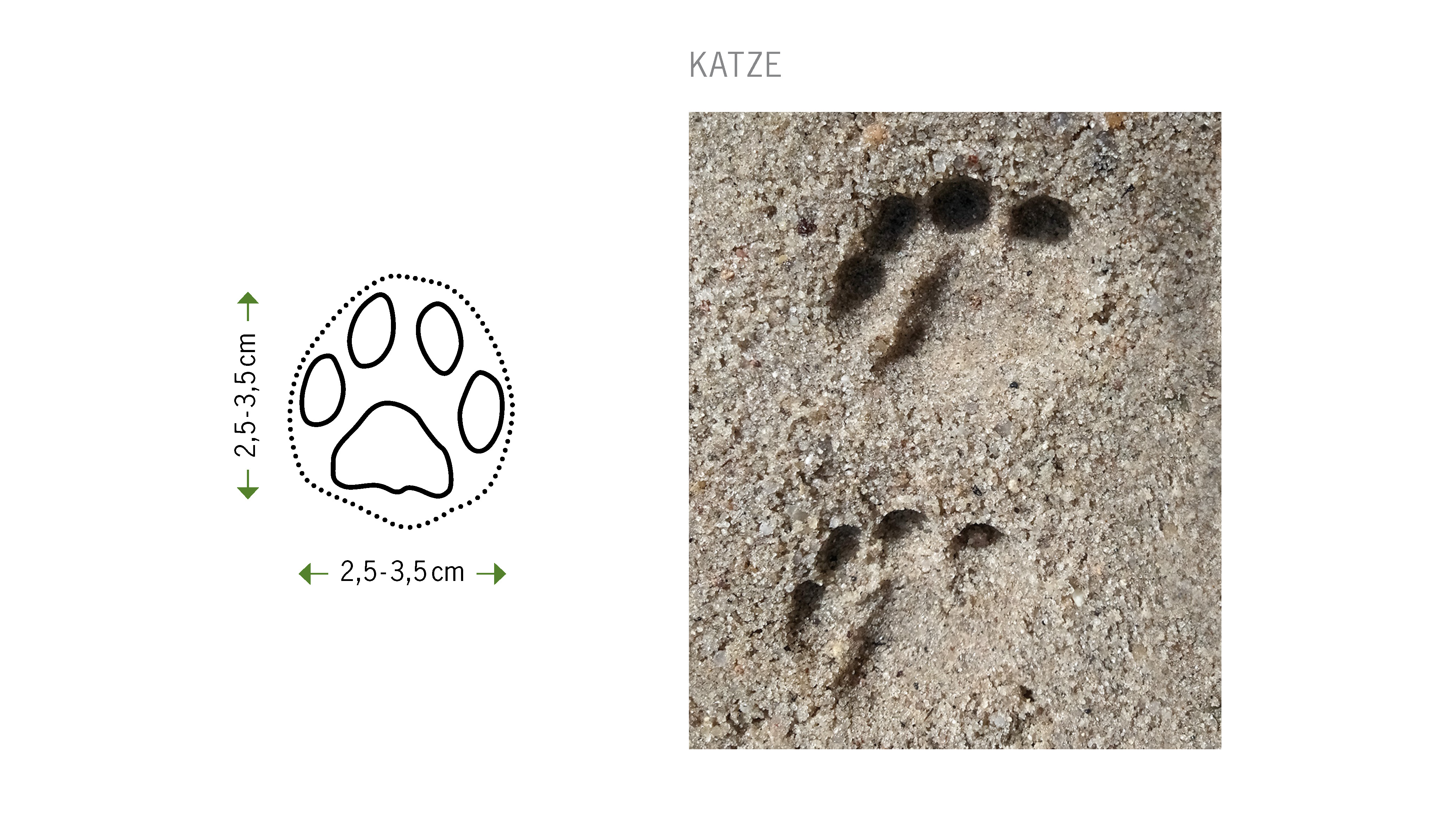 |
| The footprint of the tanuki resembles that of the fox. However, their toes are clearly more spread and the footprint is overall rounder. | 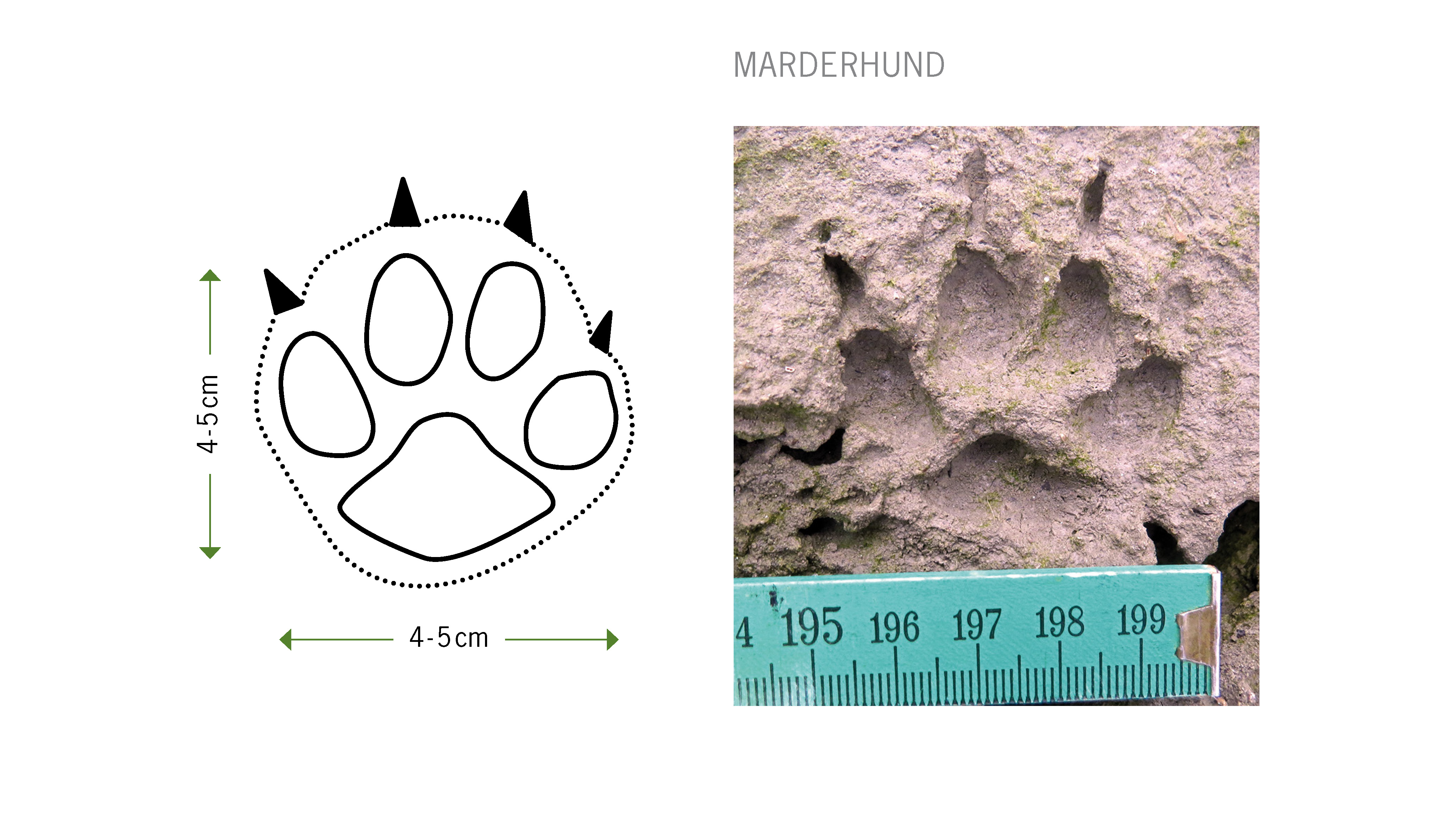 |
| The track of a polecat is similar to that of a beech and pine marten, but smaller and more delicate. |
Polecat |
| Footprints of other martens like pine marten or mink are clearly smaller and more graceful than those of the Otters. | 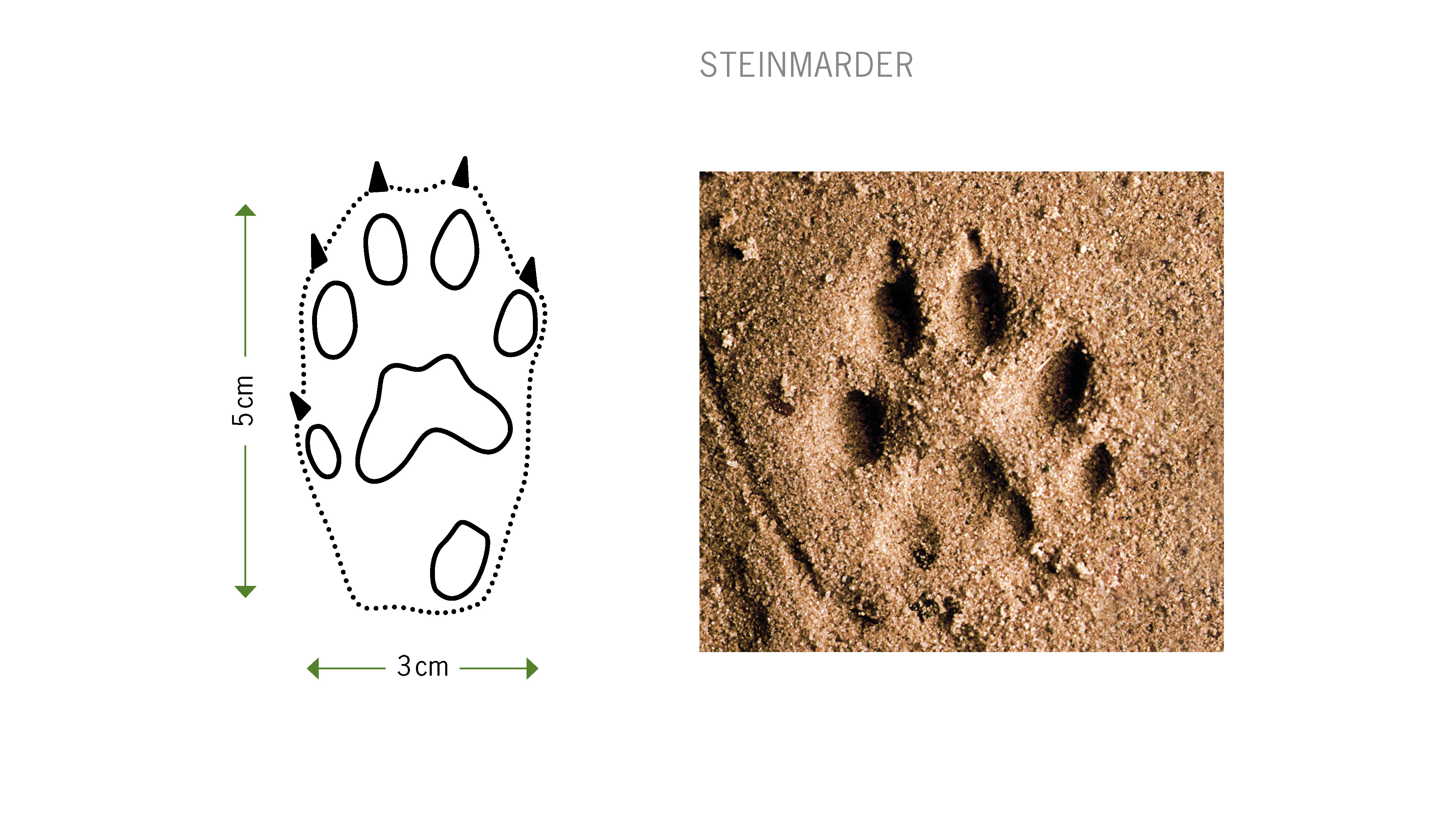 |
| The Nutria leaves a track with "long fingers" similar | 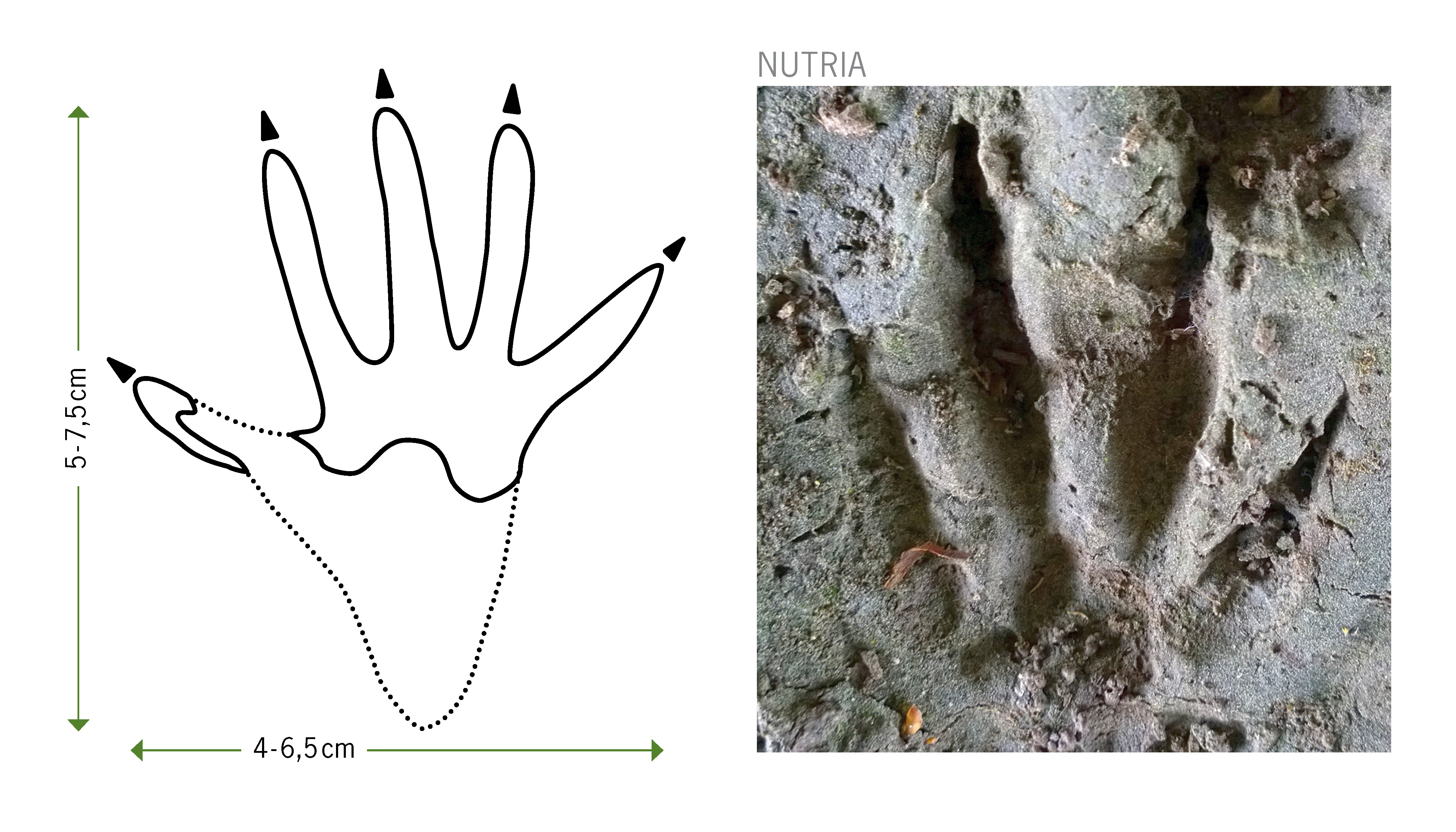 |
| The footprint of the muskrat is similar to that of the nutria, but much smaller. | 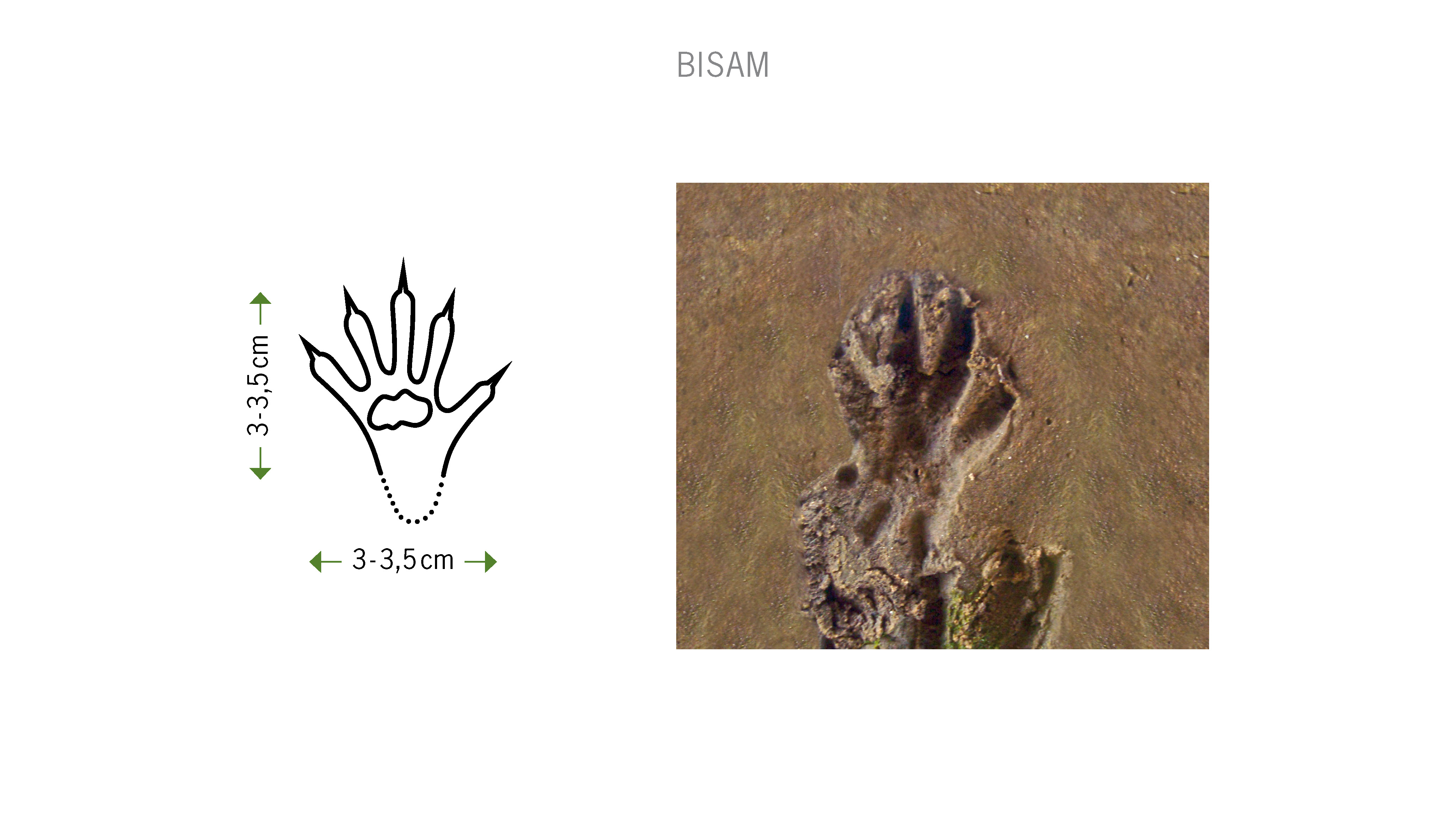 |
| The footprints of the badger have unmistakably long, strong and extended claw impressions
| 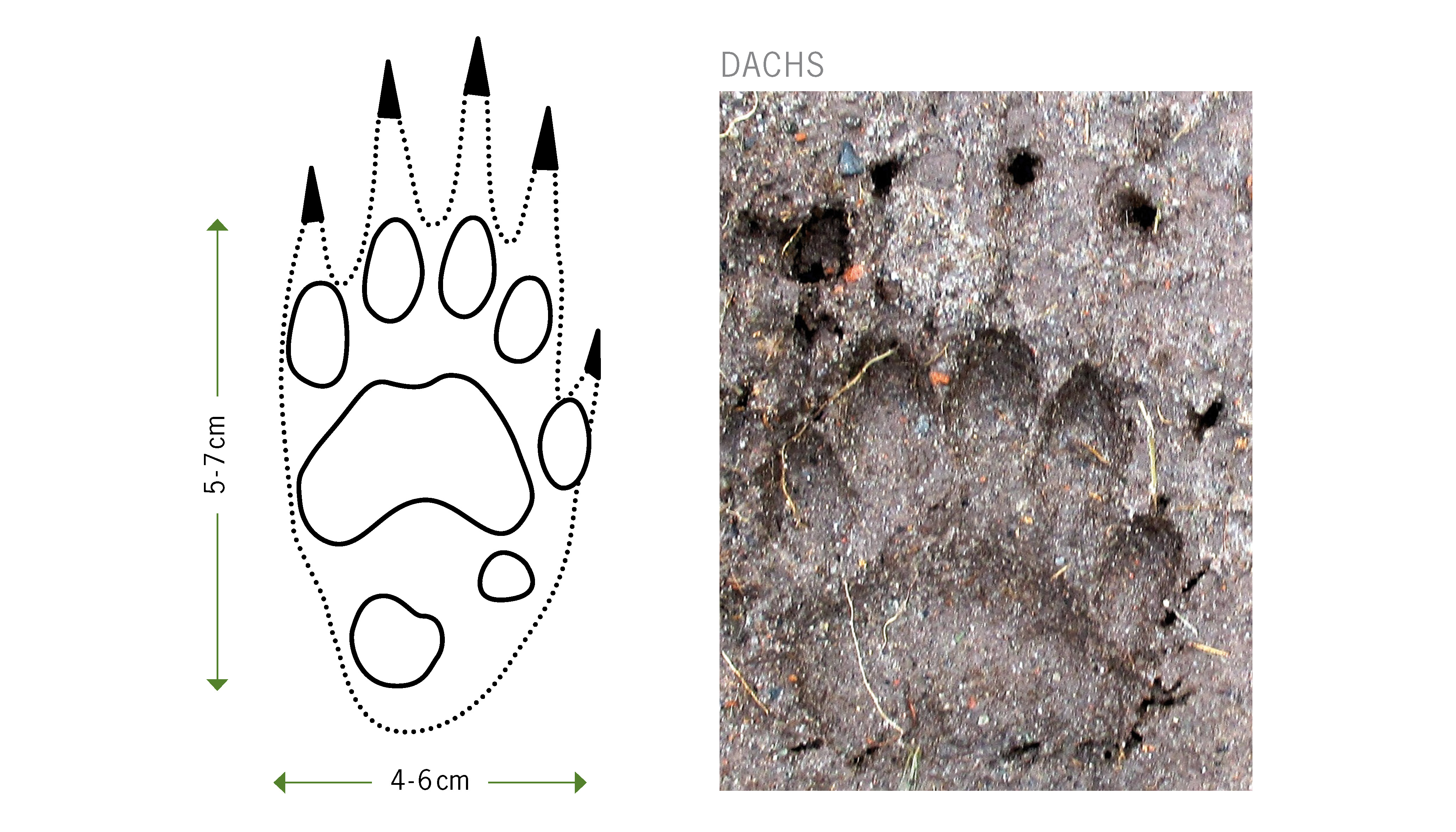 |







